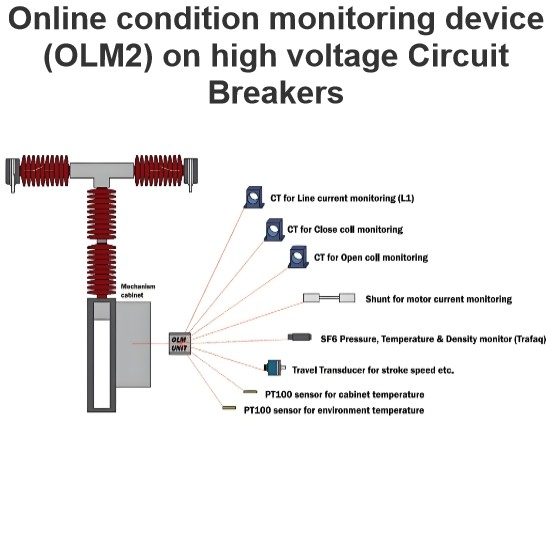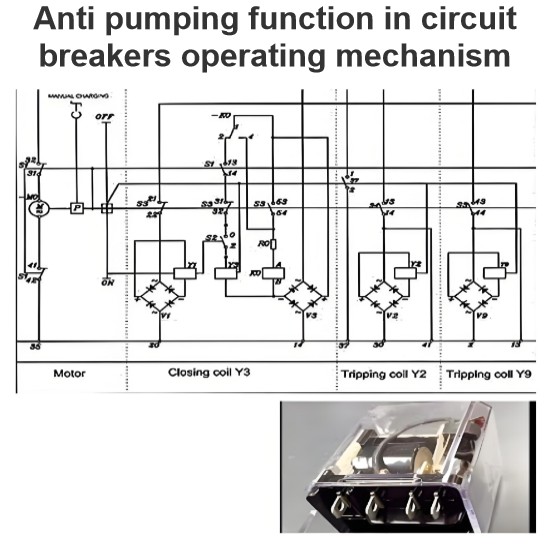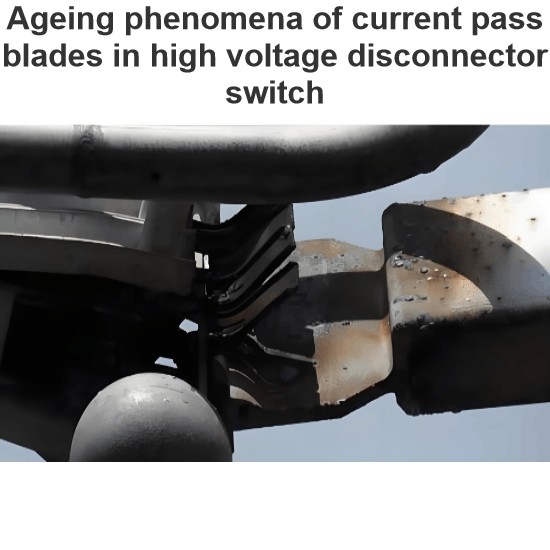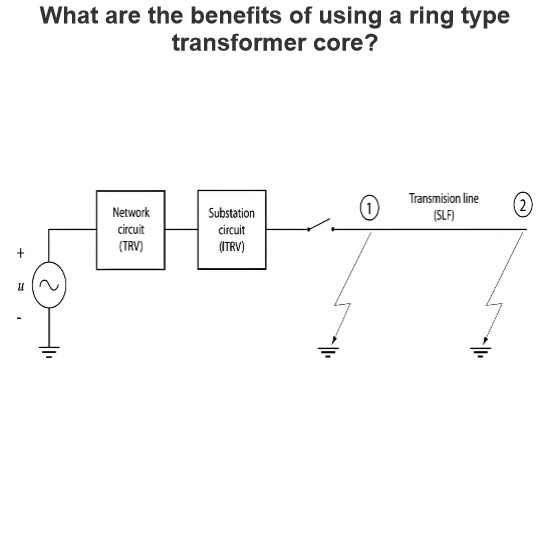Circuit breakers density Monitoring System (including piping) failures in substation
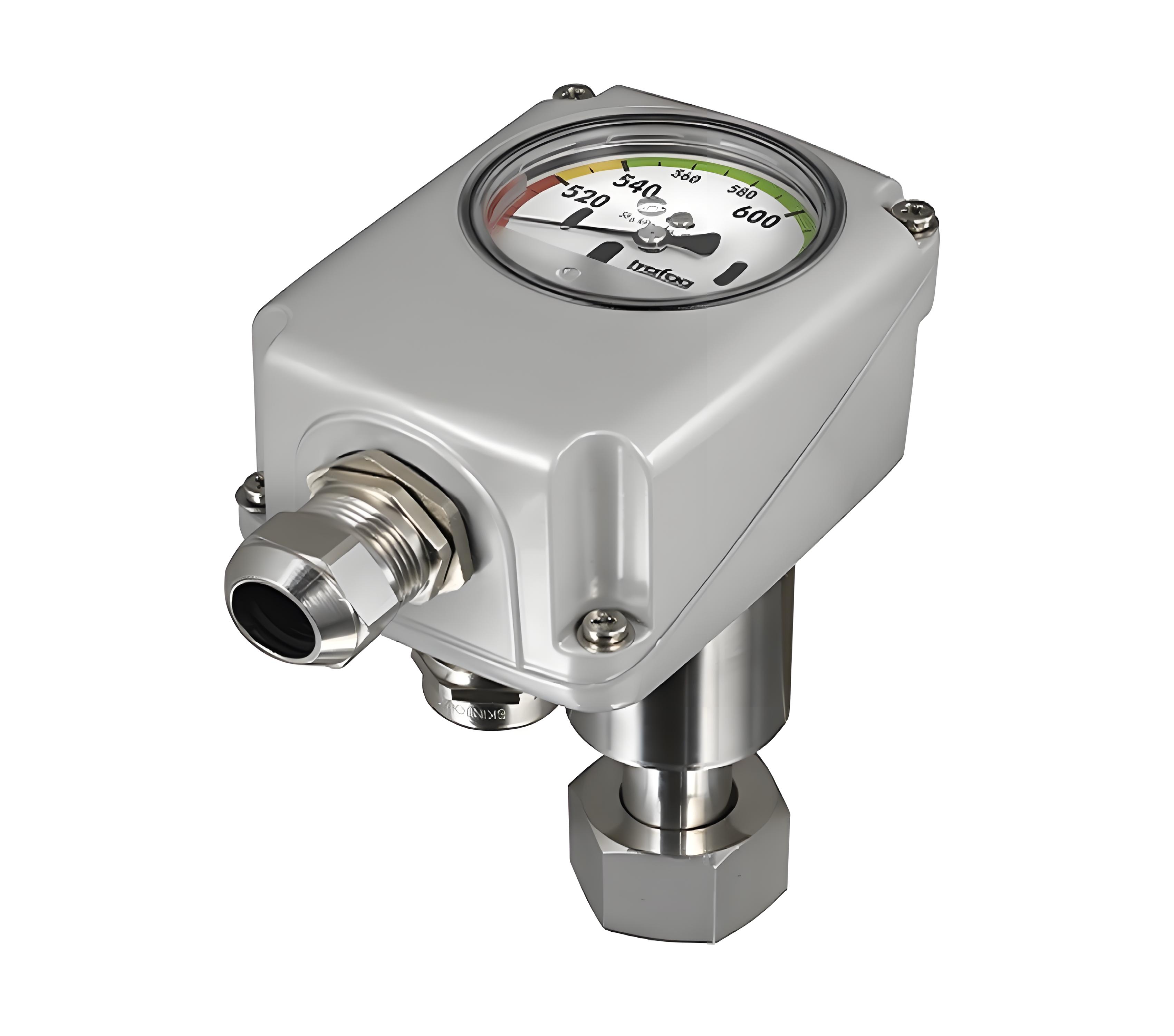 SF6 Gas Density Monitoring System Components and Failure Modes
SF6 Gas Density Monitoring System Components and Failure Modes
The SF6 gas density monitoring system comprises three main components:
- Gas Density Monitor
- Gas Pipes with Manifold (if applicable)
- Pressure (or Density) Gauge
Each of these components can experience different types of failure modes.
Gas Density Monitor
Gas density monitors are susceptible to several failure modes:
• Mechanical Disturbances: The operational density values at which the switch operates can change due to mechanical settings being disturbed by vibrations.
• Corrosion of Contacts: Inadequate environmental protection can lead to contact corrosion. This could result from poor design or improper installation of enclosures.
• Temperature Sensitivity: For low-temperature applications, selecting the appropriate density monitor is crucial. Liquefaction in the reference gas volume can cause incorrect signals. General-purpose solutions may not provide sufficient accuracy for temperature compensation across the entire working range of the equipment.
• Brazing Defects: Poor brazing of bourdon tubes can lead to SF6 gas leakage. Environmental factors can also cause joints to corrode, leading to leaks.
Gas Pipes and Manifolds
Gas pipes and manifolds introduce multiple joints into the system, often made on-site and not as reliable as factory-made joints. These joints are exposed to external environments, making them susceptible to:
• Corrosion: Deterioration due to environmental exposure.
• Thermal Cycling: Stress from temperature fluctuations can weaken joints over time, eventually causing leaks.
Pressure Gauges
Pressure gauges are installed to confirm the presence of SF6 gas and monitor its pressure. Key considerations include:
• Environmental Exposure: Gauges are typically mounted outdoors and face harsh conditions. They are connected through pipes and manifolds that are prone to leakage.
• Calibration Drift: Over time, the calibration of the gauges can be disturbed, leading to incorrect pressure readings.
• Reduced Joints: To minimize potential leak points, it is desirable to use indicators designed with fewer joints. Such indicators are available as part of integrated density monitors, reducing the risk of leakage.
Summary
In summary, the SF6 gas density monitoring system's reliability depends on the proper functioning of its three main components: gas density monitors, gas pipes with manifolds, and pressure gauges. Each component has specific failure modes that must be addressed through careful selection, installation, and maintenance practices. Ensuring robust design and minimizing joint counts can significantly reduce the likelihood of failures and improve overall system performance.

